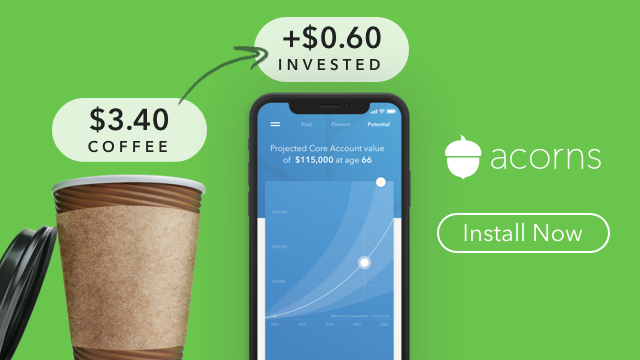4 Ways to Obtain Debt Management Loan

Image by The.Comedian via Flickr
Lighten Load Using Debt Management Loan
Juggling a number of debts can be overwhelming not just because of the mounting balances but also because of their quantity. You have to mind the due date for payments, balances, interest rates and other charges, and other details of each of your credit account. You must also be adept at setting priorities and determining which debts must be paid first. You wish that you only have one debt to pay to take away the confusion and hassle. Guess what? You actually can! You do this by obtaining funding to pay off your compounding debts and consolidate them into one single debt. You may already have heard of debt consolidation loan, but besides this strategy, there are other ways to get a debt management loan. Let us take a look at each of them.
Sources of Debt Management Loan
1. The most popular type of debt management loan is a debt consolidation loan, where you use the loaned amount to pay off high interest rate debts so that you can conveniently make one single payment each month for a loan with a lower interest rate. Paying one creditor may be convenient but you may be paying such loan for a longer period so that your creditor can charge lower interest. You can secure this type of loan from banks.
2. Transfer your credit card balances to another creditor that charges a lower interest rate. You can find credit card companies offering promotional rates that lapse after a set period. You can transfer your existing credit card balances to this account but make sure to pay them off when the introductory rate expires. If you cannot, be sure to look for another credit card company offering similar promotional rates where you can again transfer your balance. Another thing to keep in mind when doing this strategy is to make sure that you do not use your new card for any more purchases, unless if really necessary. Otherwise, you will just end up in deeper trouble. The bad thing about a credit card transfer is its impact on your credit rating. Piling up debt into a single credit card will send bad signals to the credit bureaus because your use of credit increases.
3. Take a home equity loan. In this strategy, you obtain funding to pay off your debts by taking a loan using the equity of your property as collateral. Needless to say, the equity of your home must be substantial so that your loan application can be approved. Your credit rating must also be decent. This type of debt management loan often charges lower interest rates, however, you are at risk of losing your home should you fail to pay off this loan. That is why, you have to make sure that you can afford to make the monthly payments before taking the loan.
4. Obtain a personal loan. Just like taking a home equity loan, you use the funding to pay off your debts. However, you do not put your home at risk to foreclosure. If you have a poor credit score though, this move may be a bad idea because it may be difficult for you to obtain a loan with lower interest rates, or worse, no one may give you a loan.
 Follow
Follow
